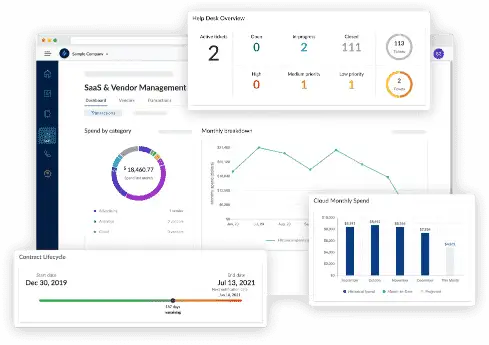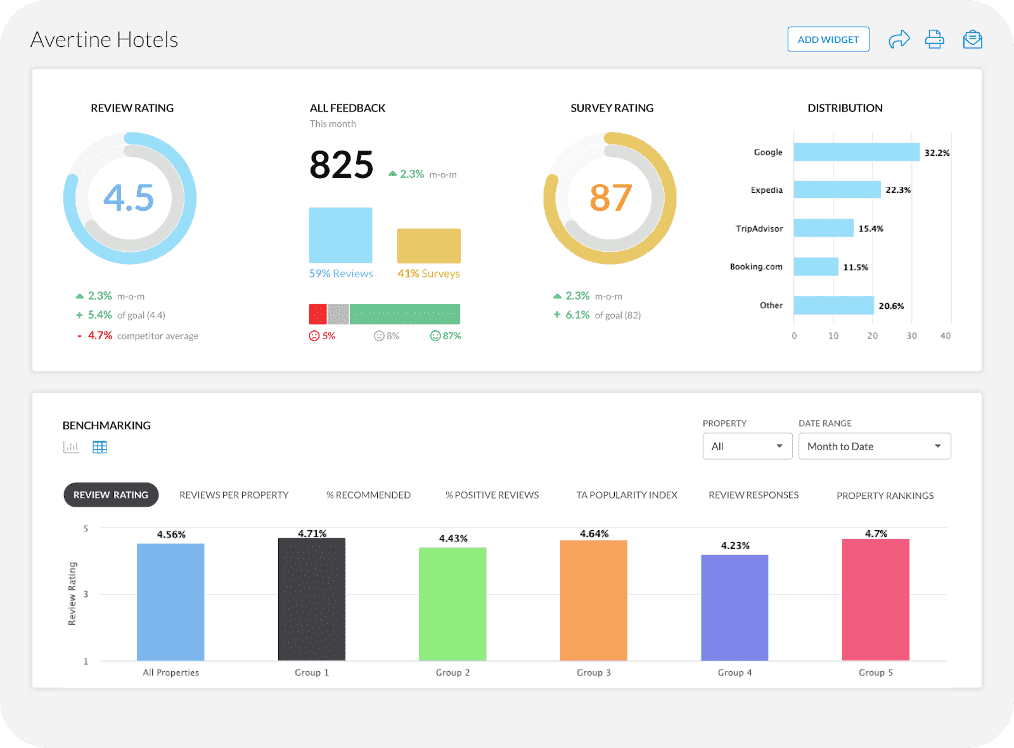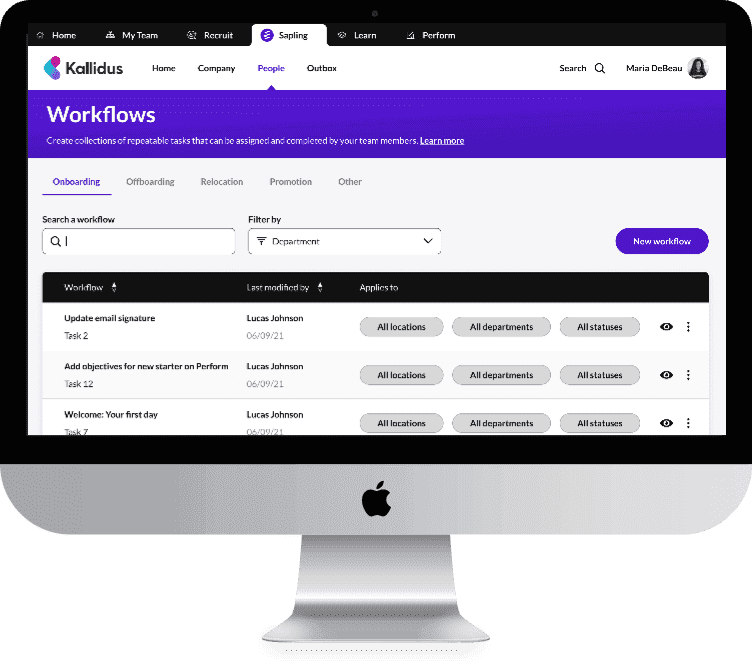As we step into 2024, React continues to dominate the world of web development. This popular JavaScript library, renowned for its efficiency and flexibility, has been a game-changer for developers. But what does the future hold for React?
Here, we’ll explore some exciting trends and predictions that could shape the landscape of React development in 2024.
1. Embracing TypeScript for Enhanced Development
One of the most significant trends in the React ecosystem is the increasing adoption of TypeScript. TypeScript, a superset of JavaScript, provides type safety and makes the codebase more powerful and easier to maintain.
As projects grow in complexity, the benefits of using TypeScript become increasingly apparent. In 2024, we can expect more React developers to embrace TypeScript, leading to more reliable and adaptable applications.
2. The Rise of Next.js
Next.js, a React framework, has been gaining traction for its capabilities in server-side rendering and static site generation. As businesses prioritize SEO and performance, Next.js offers an attractive solution by improving page load times and enhancing user experience.
This year, watch for Next.js to become even more integral to React development, with new features and optimizations that streamline the development process.
3. Enhanced State Management Solution

State management is a critical aspect of React development. While libraries like Redux have been popular, there’s a shift towards simpler and more efficient solutions. React Query and Zustand are gaining popularity for their minimalistic approach and ease of use. In 2024, expect to see innovations in state management that focus on performance enhancements and easier integration with the React ecosystem.
4. Focus on Performance Optimization
Performance optimization remains a top priority for developers. React 18 introduced features like automatic batching and transitions, but the journey doesn’t stop there. This year, we anticipate further enhancements, particularly in concurrent rendering. These improvements will help developers build highly responsive and smooth-running applications, even under heavy loads.
5. Server Components Come into Play
React Server Components represent a revolutionary way to build more efficient applications by rendering parts of the application on the server. This approach reduces the size of the JavaScript bundle loaded on the client-side, leading to faster initial load times and improved performance. As this feature moves from experimental to more widespread use, it could redefine how applications are architected.
6. Adoption of AI and Machine Learning

Artificial intelligence (AI) and machine learning (ML) are penetrating various sectors, and web development is no exception. React developers are beginning to integrate AI capabilities into their applications for enhanced user interactions and personalization. Expect to see libraries and tools that simplify the integration of AI components into React applications, making it easier for developers to leverage AI’s power.
7. Increased Use of Micro-Frontends
Micro-frontends allow teams to build, test, and deploy parts of a web application independently. This architectural style is gaining popularity as it enhances scalability and allows multiple teams to work in parallel without interfering with each other. With React’s component-based architecture, it’s an ideal candidate for micro-frontends. In 2024, we might see more organizations adopting this approach to streamline their development processes.
8. Enhanced Tooling and Development Kits
The tooling around React is continually improving, making the development process more efficient and less error-prone. Tools like Vite and Snowpack are redefining how applications are built by offering faster rebuilds and simplified configurations. This year, expect these tools to become more mainstream, along with the development of new plugins and integrations that further enhance the developer experience.
9. Emphasis on Accessibility

Web accessibility is becoming a higher priority as awareness of its importance grows. React developers are increasingly focusing on building applications that are accessible to all users, including those with disabilities. In 2024, expect to see new tools and libraries that make it easier to implement accessibility standards, ensuring applications are inclusive from the start.
10. Community and Collaboration
Finally, the strength of the React community is one of its greatest assets. As we move into 2024, community-driven initiatives, open-source projects, and collaborative learning platforms will continue to enrich the React ecosystem. These resources not only support developers but also drive innovation within the field.
Conclusion
The future of React looks bright and bustling with potential. From new technological advancements to community-driven growth, 2024 will likely be a year of significant progress and innovation. Whether you’re a seasoned developer or just starting out, these trends offer exciting opportunities to enhance your skills and build cutting-edge applications. Keep an eye on these developments, and be ready to adapt and thrive in the ever-evolving world of React development.



















